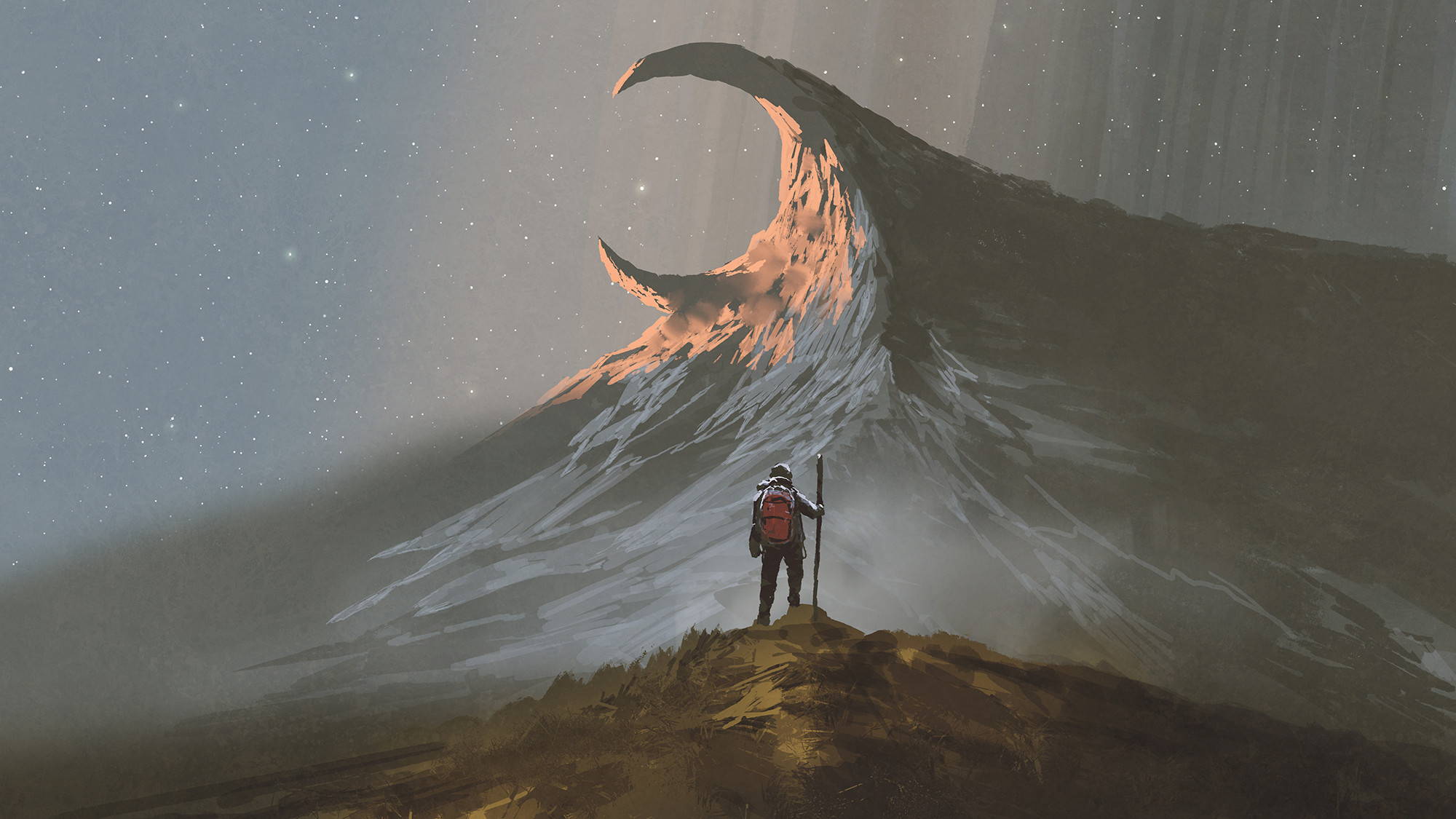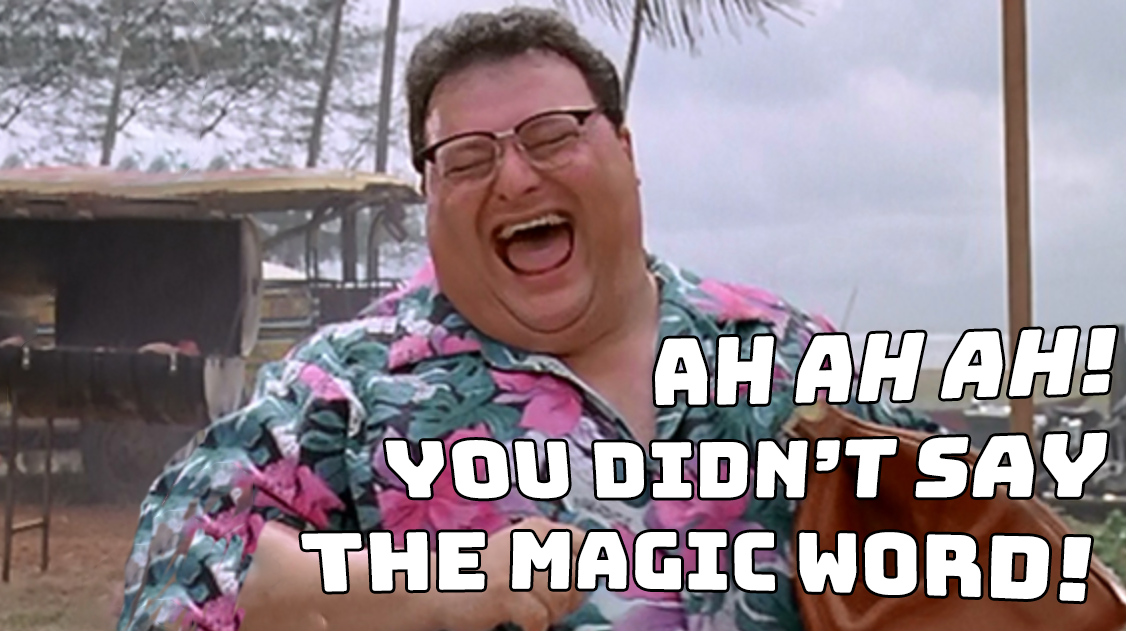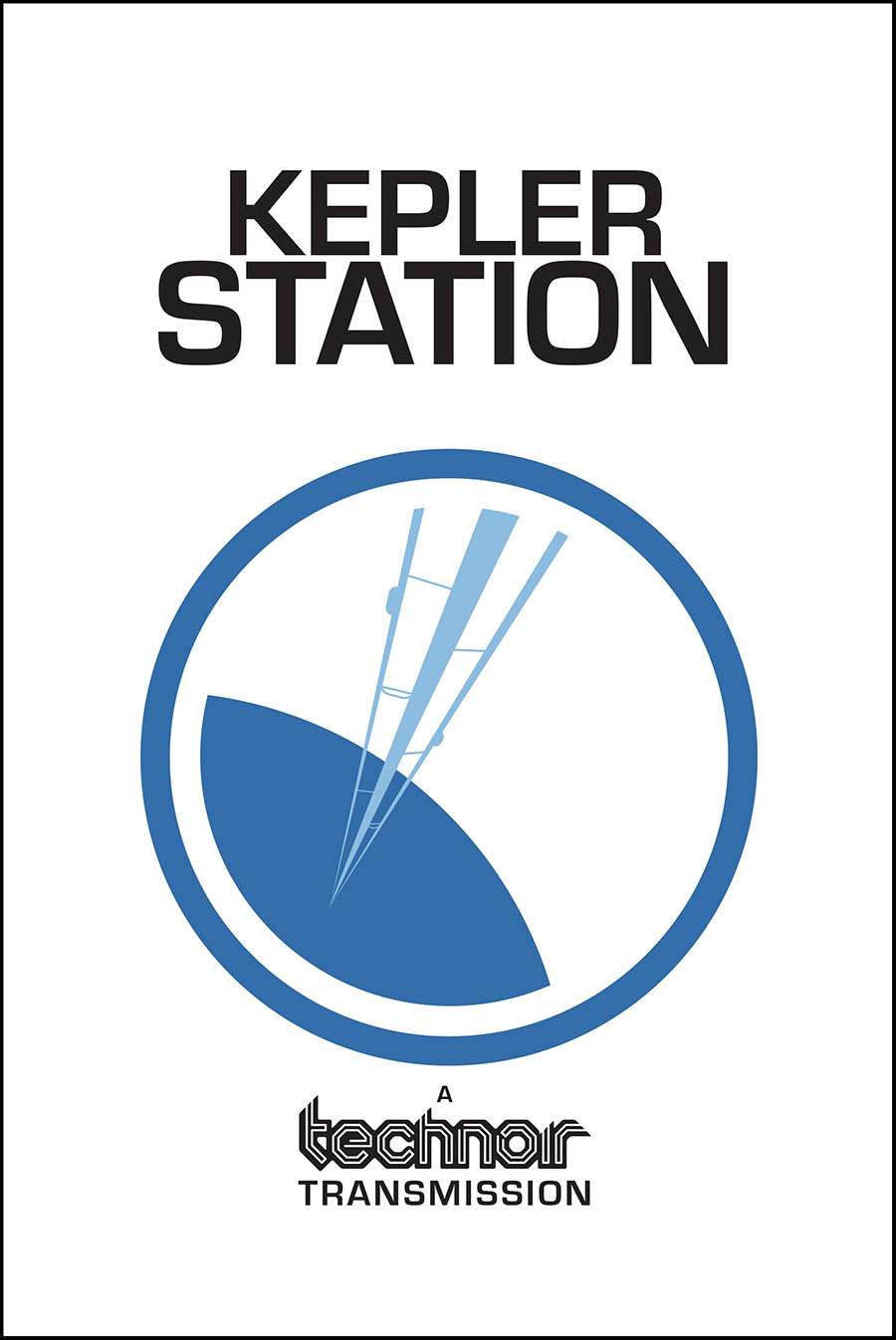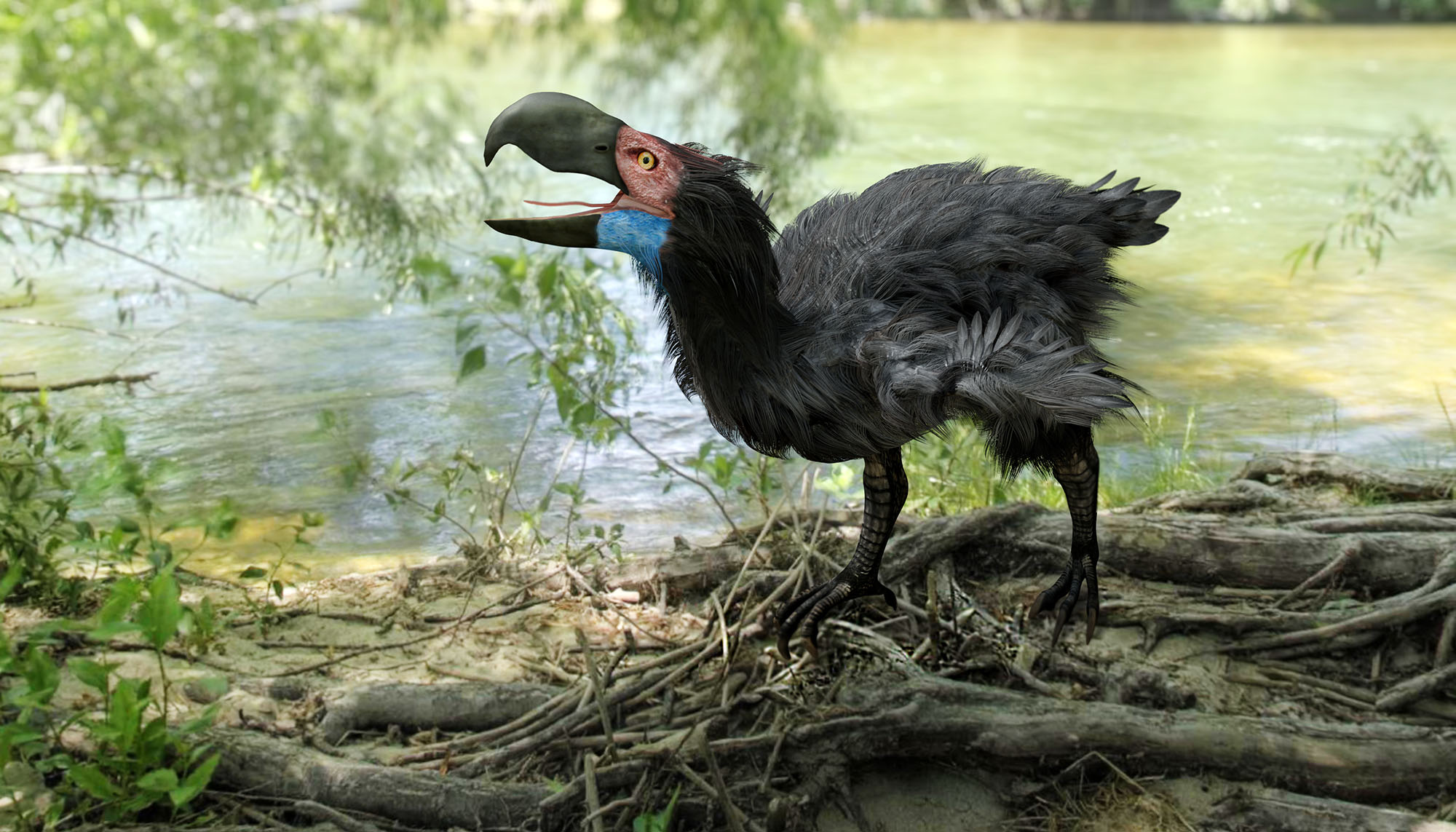
Go to Part 1
ARVAL’S AWAKENING
(Fiction by Peter Heeringa)
While I have this moment of sanity, let me record my memories lest they flee again from the horror I have become. Try. Trying to piece together the fragments of the past, use them to guide the path of the future. My earliest memory, the warmth of my life flowing from my neck, blade in my hand yet in another’s? NO! That is not my first memory. That is not me. I must focus beyond the shimmering veil to the time before my awakening, beyond the void.
Within the inked darkness pins of light… why this fear and exhilaration? I cannot pull away as they materialize, grow, and coalesce. Shapes and forms emerge. The shadowed darkness retreats in the advancing light and the blurring fragments of the past surge over me, thunderous, threatening to pull me under:
The glow of candlelight and tomes, the excitement of the knowledge and power, pride – I have been accepted to study the arts of the weave. Others, much younger, have mastered the spells, why haven’t I? Long hours after lights are out. Long hours in the dark recesses of the library to pull tomes. The strange tome that shouldn’t have been there… Sneaking away to lamplight, the smell of straw, the frustration of the challenging information, the undecipherable script, terrible frustration, throwing the book across the room – dropping midflight and opening to that page, it made no sense but I need to know. I must keep at it. The positions and images are stars, this I know. Stars… why am I filled with dread?
Dreading the restless days of harsh instruction. Why am I unable to master the spells? I am to be a great wizard. Insults from the instructor on my work? My measurements are off. They are always off. The mocking calls of other students?! I know I am capable of great things! Hot, flashing anger. Fist fights, blood. Too much blood. My blood? Running. Running as fast as I can. Running with the book. Riding home in the back of a cart in defeat. The long journey home. Reading and teaching the other one as their father drives the cart. Mountains scraping the sky around us. Teaching them the meaning of the positioning. “Look, look there at the bright one where I am pointing-“ DON’T POINT TO THEM THEY MIGHT NOTICE. No, keep focused! Focus on… home-
Home. The north, yes, this place of deep seasons and emotions. The summer wildflowers and bees. I am a child? Escaping chores to run through the wildflower fields of summer with… someone. Someone important. Important to me? My mother’s stern and worried call home, laughter at meals with the family, the harsh winter chilling to the core of my bones, the worried look of my parents over my sick bed. I never did regain my strength.
Not strong enough. Am I always to be the last one?! They’re passing me by for working the boats. Passing me by for working the mead halls. Passed by for the guards and caravans? Laughter from those I knew as friends. Children are so cruel, crueler when they are nearly adults. Yet for their strength their eyes gaze upon the wonderous miracles performed before their eyes by the wielder of magic. Of course! This is the answer to it all! Unlock the secrets of strength beyond strength. Magical secrets! Secrets… my father has kept a grand secret: my first book!
Reading it cover to cover over, and over, and over, and over, and over, and over, and over, and over by lamplight in the lofted barn. The smell of paper, straw, sweat, and manure – unabashed hope and ambition. Reading it over and over again. The delicate feeling of paper between your fingers, feeling them go dry from the touch of parchment… HANDS, oh, gods I had hands that could feel and touch and caress – my beloved? My beloved! Your kindness despite my frailness. Your belief in me gives me an inner strength. I’m sorry I must go to study – I’m practically too old already – with them willing to take me I must take this chance. I will be a powerful wizard – my strength will be envied by the others. I will return and we will be happy.
Happy – more books. Piecing together something… new? No, something very old. Forgotten. Rites. Rituals but they make no sense. Sacrifices must be made – but how could I sacrifice another person? No, I won’t. But I must. Perhaps something equal… no, greater, would be sufficient. A large animal might do the trick – a beast of burden. To get to the site I’d need something that can travel off the paths. An axebeak should do the trick if my measurements are aligned.
Aligned… the stars are aligned tonight, I must make the exchange for this gift of which the tome speaks. Power enough to solve our problems. Strength enough to show the others with their rote studies that I am not something to mock, I am great. I will not be the last one. Not anymore. With this dagger across the throat of the axebeak, incantations and rites of old, with these ancient stars in alignment I open myself to the powers beyond!
Oh, gods… where have the stars gone?
I see nothing, yet I know that the darkness beyond darkness is reaching out it’s tendril to me – I must be strong. I have studied the rites. I am strong. I must not look away. I CAN’T. LOOK AWAY! I CAN’T! Over and over and over and over and over and over and strength! Surging through my frame, bathing in the stars their light, my strength. Growing. Power beyond the wildest imaginings! And yet, I am not alone here. Another mind? Minds. One very simple, one I cannot grasp, but I feel it grasp my mind like child testing the tension of butterfly’s wings before they pop off its body. And suddenly, everything happens.
The ages tick by in a moment and once again lights shimmer overhead. My, how my eyes look so vacant and yet grasping above me. My throat looks so red. Blood. My blood? Warm life fading from our neck- NO! This cannot be my last memory! No, no, I’ll probe more. Perhaps if I see more familiar sites and faces that will help. Help… yes, I was doing this to help. I must get help to help.
ARVAL’S ORIGIN
(Created by Peter Heeringa)
Arval was born to a modest family of Good Mead: Cadell Terikson was one of the village’s trappers, journeying often into the White Woods to the west. His wife, Siani, was a daughter of the Rielsbarrow family, one of those who had helped build the Mead Hall and now prospered. (Siani was actually the younger of Kendrick Rielsbarrow, who has since become the Speaker of Good Mead.)
Arval grew up like many other children of the north — working hard and learning life’s lessons the same way. Arval, though, always tried to find and follow the easy route. Attempting to visit a friend named Fef Moryn when he should not have, Arval became lost in a winter storm. While he was recovered from the wilds, being bedridden for a season stunted his growth and his strength never really recovered.
While Arval still lay in his sickbed, his father was killed in a yeti attack. As best as the militia scouts could tell, the creatures — perhaps driven by hunger — had come down from the Spine of the World. Although the militia did a few sweeps, the yeti were never caught. A group of adventurers who followed up on the rumors a few months later found a cave deep in the woods, discovering signs that the yeti had moved on and also recovering bones which were likely those of Cadell Terikson.
As it became clear that he would not, in his weakened state, be able to live the life that others of his age were enjoying, Arval yearned for other forms of power. He set his mind to books and caught the attention of Dusica Breckinridge, the priestess of Tempus who served in the local shrine. Although he showed only mild aptitude, he made up for it by applying himself fully. For a time, he was joined in these scholastic endeavors by Fef. The connection between them deepened and love ensued. They parted ways only in 1486 DR when, after the death of his mother, Arval chose to head south to Luskan and seek admittance into the newly reformed Arcane Brotherhood.

Arriving in Luskan, Arval was overwhelmed by the size (and filth and smell) of the City of Sails. Despite feeling immense frustration as the “country bumpkin,” Arval was, in fact, accepted into the Host Tower by the Raven (whose real name Arval would later learn was Druette). He was apprenticed to Simona the Lion, one of Druette’s followers.
Arval’s time in Luskan was, sadly, not a happy one. Simona’s other apprentice – a tiefling named Avarice who was considerably more skilled in the arcane arts – was endlessly antagonistic, undermining and tormenting Arval at every opportunity. Arval also proved a poor student, picking up — with a great deal of effort — only the most minor of skills. However, while working on the archiving of the numerous arcane volumes pouring into the newly reconstituted Host Tower, he discovered a strange tome that hinted at some short cuts. Rather than cataloguing this volume, Arval secreted it away.
Shortly thereafter, however, Arval was dismissed from the tower by Druette for his poor performance. Simona expressed her deep sorrow in losing him as a student, but Avarice made it clear that it was, in fact, Simona who had recommended he be kicked out.
There was, however, one thing that Arval had proven adept at: Technomancy. Although he had little time to practice it under Simona’s guidance (for the Lion believed firmly in the traditionalist forms of arcane study), Arval spent some time after his expulsion in the summer of 1488 DR continuing his studies, seeking guidance from the technomancers of Luskan when he could.
With his funds running low, however, Arval decided to return to his hometown in the spring of 1489 DR. Crossing the Spine of the World, however, he was shocked to discover that the thaw had not yet come. In Good Mead once more, he discovered that Auril the Frostmaiden had laid a curse on the land and that things were becoming quite dire.
Arval became obsessed with the idea that his arcane magic was destined to save Good Mead. As the sun was slowly drowned by the horizon, however, it became clear his weak trinkets were worthless. His attention turned back to that volume of strange lore which he had purloined from the Host Tower. He began to suspect that the text within the book was shifting in response to his needs, and in time he found a ritual that would give him the power he needed.
After preparing the supplies he would need, Arval journeyed southeast across the wind-blasted tundra to an ancient stone circle located atop one of the foothills of the Spine which predated the settlement of Ten-Towns. Local legend actually held that these sarsens had placed here by the ancient empire of Netheril to serve as navigational beacons for their flying cities.

Whatever the case, Arval created the arcane circle described in the book. While making his preparations he discovered a strange owl carved from whalebone. Tucking it into his pouch, he placed the axebeak he had ridden there in the center of the circle. Under the right alignment of the stars, he sacrificed the axebeak. He felt his soul brushed by some vast and incomprehensible power. His mind screamed at its touch and things…
… went wrong.
The world twisted or he was twisted through the world, and in that moment he was either transformed into the axebeak or his consciousness was transferred into the axebeak’s body. For a time he wandered in confusion.
When he regained his senses and realized (more or less) what had happened to him, Arval tried to return home. But this didn’t go well for him: He couldn’t speak and his efforts to communicate were misunderstood. He narrowly escaped being penned and fled Good Mead to regroup.
Sadly, this experience was repeated each time he approached people. They would either flee from the wild terror bird or think to themselves, “Hey! Free axebeak!” and attempt to capture him. Arval fled further and further across Ten-Towns, until he eventually found himself on the shores of the Sea of Moving Ice, pecking out a lonely existence by snatching fish from the black waters.
It was during this time that the sun vanished entirely.
A few days ago, he found a half-drowned gnome washed up on the shore. At first Arval thought he was dead, but then the gnome managed to crack his eyes and look up at him. “Help… Please…”
Arval managed to use a little of his magic to quickly dry and warm the gnome. When the gnome awoke, Arval was surprised to discover that the gnome could understand him, and he had his first conversation in weeks. The gnome introduced himself as Wrenn Pilricken and seemed puzzled by Arval’s speech. After some study, he told Arval that, although he was squawking like an axebeak, he was making those sounds with human vocal cords.
Arval offered to take Wrenn to Bryn Shander. On the way there, Wrenn has been able to help Arval learn to control his voice, allowing him to slowly re-learn human speech.
DESCRIPTION
Arval is a little smaller than other axebeaks, standing a little over eight feet tall. His body is creamy gray (mostly darker, charcoal feathers with cream-colored down feathers beneath), but his face has vibrant blue feathers spreading out from his beak in a starburst pattern, curving up and around his eyes.
He wears a side saddlebag crammed with various papers, tools, and arcanocraft materials. Over his right eye are a series of automated lenses. Clipped to the saddlebags like a pocket watch are two holy symbols: The geared wheel of Gond and the unicorn pendant of Lurue.
GOOD MEAD
Good Mead has been known for its distinctive, treacly meads since the town’s founding and every tavern in Icewind Dale s accustomed to receiving regular mead deliveries. It was only four decades ago, however, that the  new Mead Hall was completed, ending the town’s dependence on knucklehead trout fishing by allowing its apiaries to flourish throughout the Dale’s harsh winters.
new Mead Hall was completed, ending the town’s dependence on knucklehead trout fishing by allowing its apiaries to flourish throughout the Dale’s harsh winters.
Good Mead is one of two small towns on the shores of Redwaters. Contrary to its name, Redwaters sparkles emerald green during the day and silver in the evening. Unlike Maer Dualdon and Lac Dinneshere, Redwaters is somewhat sheltered from the glacial winds and is a relatively peaceful lake, plied by only a handful of sailboats and a few score coracles that glide across the surface like swans with their young.
The other town of Redwaters is Dougan’s Hole, which is every bit as fiercely independent as Good Mead and the two have a friendly rivalry. For the rest of Ten-Towns, however, “Good Mead and Dougan’s Hole” might as well be one town, almost always mentioned in the same breath. The people of Good Mead find this irksome, since they consider themselves quite different from all other townsfolk. And the folk of Dougan’s Hole find it downright insulting, because for some reason they always come second.
During the lean months of the Dale, the people of Dougan’s Hole are extremely protective of their provisions. (The cultural result of several bad famines in the mid-1400s.) “Warm as a winter greeting in Redwaters” is a common saying for an unfriendly welcome.
Shrine of the Flaming Sword: Dedicated to Tempus, this shrine was built in the 14th century when rivalry between Dougan’s Hole and Good Mead led to open hostilities (which, in turn, led to the lake being named Redwaters for the blood spilt in it). Of late, worship of Tempus has waned, however, often leaving only Dusica Breckinridge to fulfill the old, lonely rites.
THE ARCANE BROTHERHOOD
In Luskan grows the Host Tower of the Arcane, the academy of magical training and headquarters of the Arcane Brotherhood. Located on Cutlass Island at the mouth of the River Mirar, the Host Tower was not built, but rather grown. A large, central spire resembling a tree of grey-black stone has four large limbs sprouting from it, 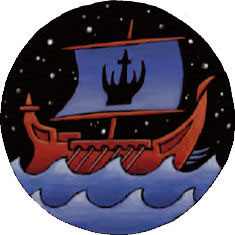 one in each of the four cardinal directions. These limbs are covered in numerous turrets, towers, and balconies.
one in each of the four cardinal directions. These limbs are covered in numerous turrets, towers, and balconies.
The Host Tower was destroyed in the late 14th century, but in 1486 DR its ruined roots were regenerated and the tower grew anew. It was also at this time that the Arcane Brotherhood, which had been driven out of Luskan and scattered across the world, returned, gaining the trust of the people of Luskan by clearing undead from the ruins of Illusk, protecting the city from a dragon, and swearing an oath to stay out politics.
There are five leaders of the Arcane Brotherhood, each overseeing either the central spire or one of the cardinal limbs:
- Archmage Arcane: Cashaan el Farid, the Red
- Overwizard of the West: The White
- Overwizard of the South: The Blue
- Overwizard of the East: The Grey
- Overwizard of the North: The Raven
The leader of the Arcane Brotherhood is the Archmage Arcane, a title which stood more or less vacant for much of the 15th century while the various regional factions of the Brotherhood squabbled with each other. As can be seen from the list above, most of the archwizards and other senior members remain enigmatic behind codenames, usually a chosen color (although those serving the Overwizard of the North have begun a new fashion for animal names). (Cashaan chose to be openly known during the organization’s return to Luskan to foster goodwill.) Other senior members known to be active include the Brown, the Crimson (not to be confused with the Red), the Peacock, and the Cerulean.
Although the Archmage Arcane was once more or less a tyrannical despot who ruled the Brotherhood with an iron first, after the reformation it appears things are more complicated, with the Overwizards each maintaining fiefs (both within the Host Tower and across Faerun, with each overwizard “responsible” for arcane matters within their cardinal quadrant) with a great deal of individual autonomy.
The Brotherhood has also been aggressively recruiting, sending out invitations to arcanists across the Sword Coast and beyond. Scores more have come without an invitation, hoping to gain admittance to the academy.
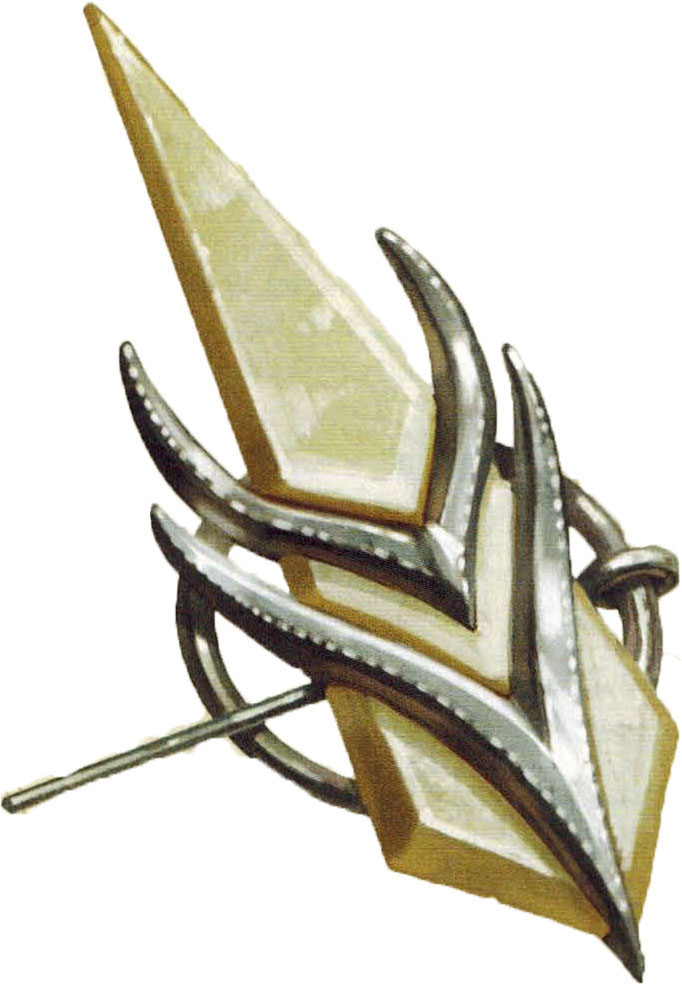
Membership Pin of the Arcane Brotherhood
Go to Icewind Dale Index
